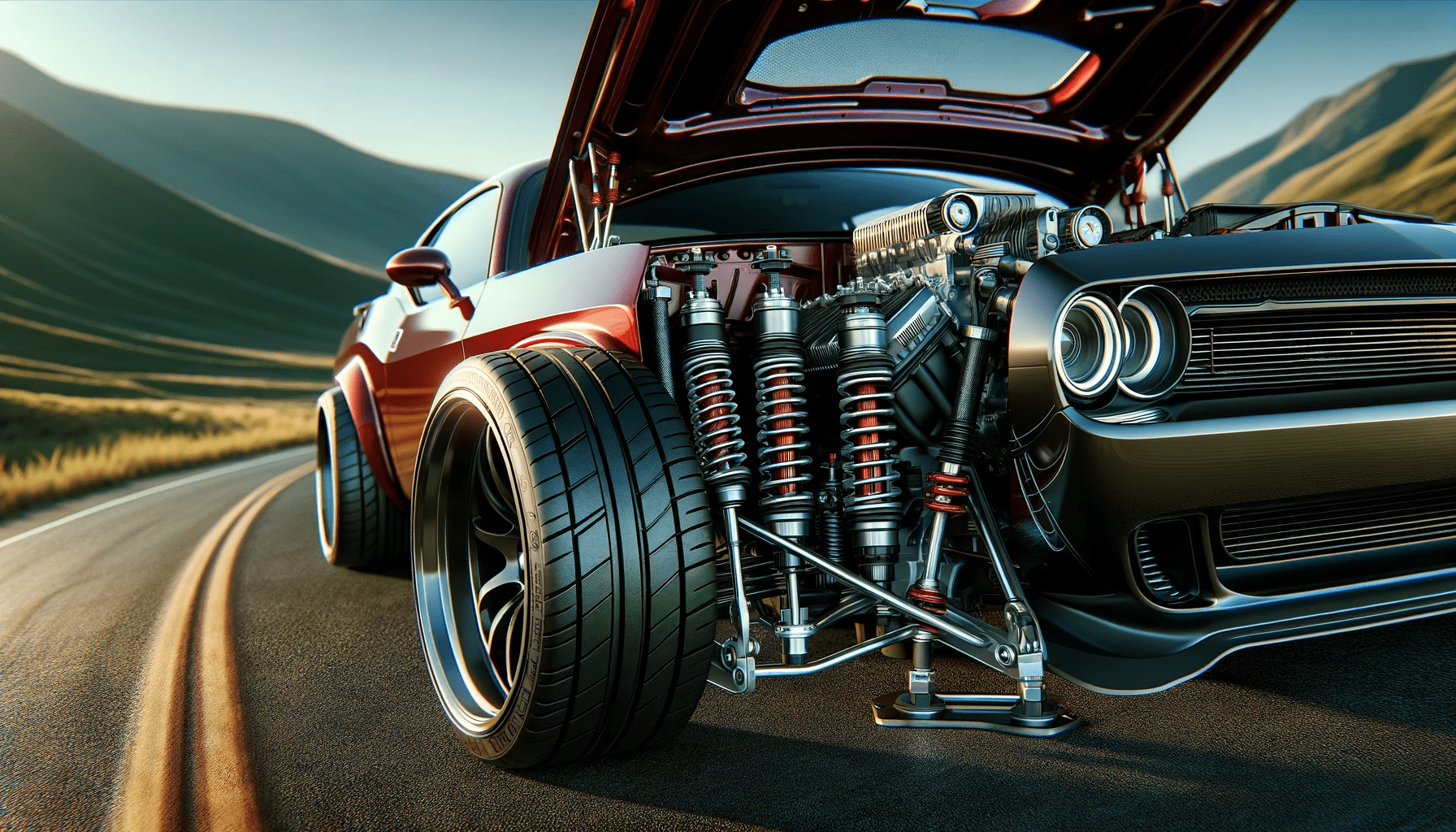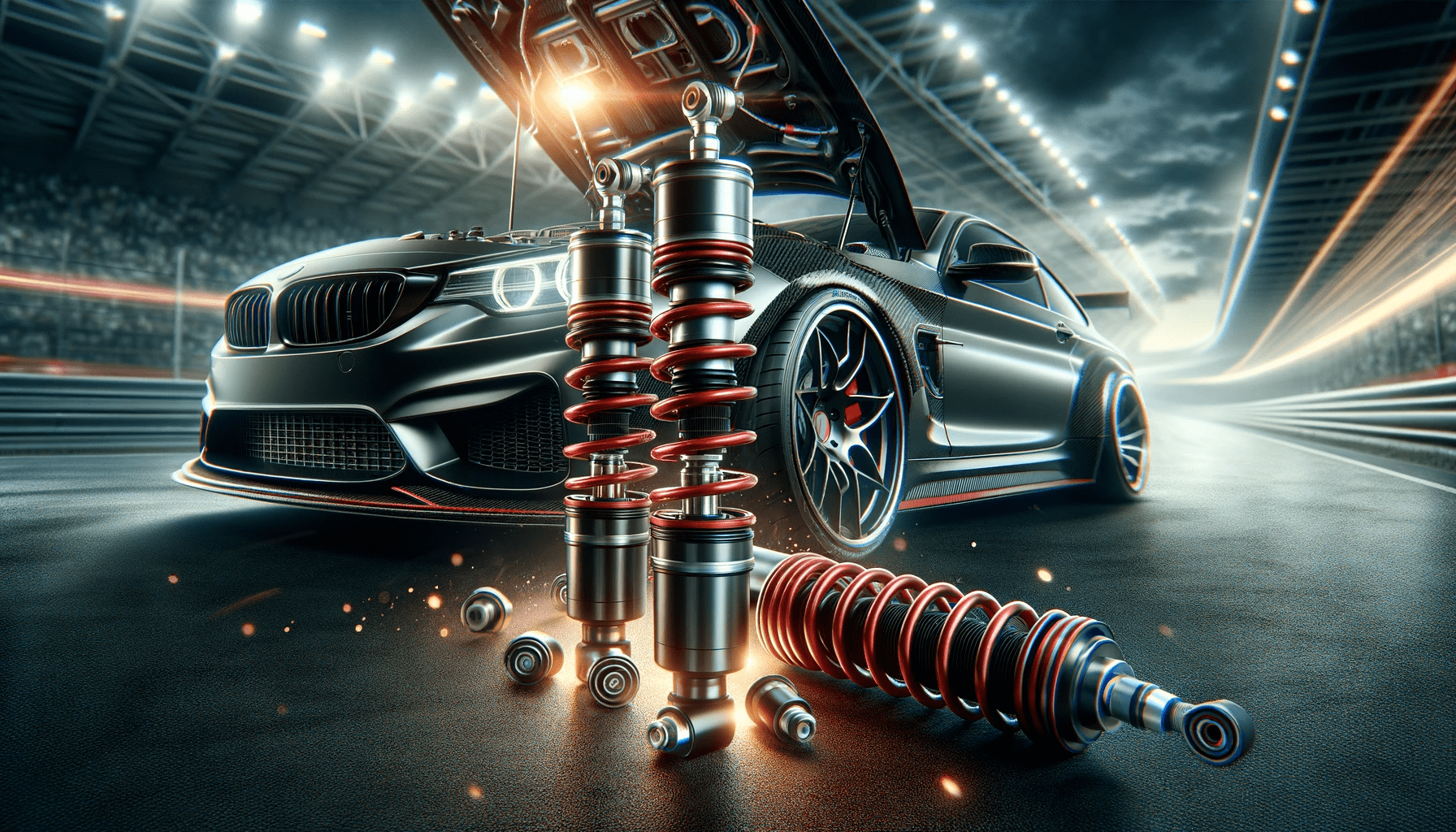Suspension bushings are a crucial component of a vehicle’s suspension system, acting as a buffer between the suspension parts and the vehicle’s frame. They are responsible for reducing noise, controlling vibration, and providing a smoother ride. The choice of suspension bushing materials can significantly impact the performance, comfort, and durability of a vehicle.
Key Takeaways
| Material | Properties | Applications |
|---|---|---|
| Rubber | Comfort-oriented, noise-dampening | Standard in most vehicles |
| Polyurethane | Durable, more responsive than rubber | Performance vehicles, off-road applications |
| Nylon | Stiff, precise handling | Racing and high-performance cars |
| Delrin | Very stiff, minimal flex | High-performance and track-focused vehicles |
Rubber Bushings
Rubber is the most commonly used material for suspension bushings in most consumer vehicles. Its properties include:
- Comfort and Noise Dampening: Ideal for absorbing vibrations and reducing road noise.
- Flexibility: Offers a softer ride, suitable for daily driving.
- Durability: Resistant to water and road chemicals.
However, rubber bushings can wear out faster under extreme conditions.
Polyurethane Bushings
Polyurethane is a popular choice for performance and off-road vehicles:
- Increased Responsiveness: Offers better handling and control compared to rubber.
- Durability: More resistant to wear, oil, and solvents.
- Customization: Available in various hardness levels for different performance needs.
Polyurethane bushings, though, can transmit more noise and vibrations.

Nylon Bushings
Nylon bushings are often used in racing and high-performance applications:
- Precision Handling: Offers minimal movement for precise suspension control.
- High Strength: Resistant to wear and distortion under heavy loads.
- Lightweight: Contributes to overall vehicle weight reduction.
The stiffness of nylon bushings can lead to a harsher ride quality.
Delrin Bushings
Delrin, an acetal resin, is used in high-performance and track-focused vehicles:
- Maximum Stiffness: Provides very precise handling with minimal flex.
- Durability: Excellent resistance to wear, even under extreme conditions.
- Performance-oriented: Ideal for track use where handling is prioritized over comfort.
Delrin bushings can be too stiff for comfortable daily driving.
Suspension Bushing Materials: Comparison table
| Material | Comfort Level | Handling Precision | Durability | Noise/Vibration | Best Used For |
|---|---|---|---|---|---|
| Rubber | High | Low | Moderate | Low | Daily driving, standard consumer vehicles |
| Polyurethane | Medium | High | High | Medium | Performance vehicles, off-road applications |
| Nylon | Low | Very High | High | High | Racing, high-performance sports cars |
| Delrin | Very Low | Maximum | Very High | Very High | Track-focused vehicles, competitive racing |
Real-Life Application
In a vehicle like the Ford F150, upgrading to polyurethane bushings can enhance off-road performance and durability (best shocks for Ford F150 4×4). For daily drivers, sticking with rubber bushings might be the best choice due to their noise-dampening properties and comfort.
Conclusion about suspension bushing materials
Choosing the right suspension bushing material is crucial for balancing comfort, performance, and durability. Each material offers its unique advantages and is suited for different driving needs and conditions. For more detailed information on suspension tuning and upgrades, explore suspension tuning and basics of suspension mods.
Select the right suspension bushing material to optimize your vehicle’s performance, comfort, and durability, tailoring it to your specific driving requirements.





